Some say white isn’t a colour, and they’re right, it’s much more important than that. In the context of what we wear white is more like a feeling, a mood. The shade of pure optimism, and crisp backdrop to Fred Perry’s tennis story. Its transformative power almost magical. As the late underground filmmaker Derek Jarman said in Chroma, his book on colour, “If you spin a colour wheel fast enough it turns white, but if you mix the pigments, however much you try, you will only get a dirty grey.” White is everywhere yet remains rare and revered.
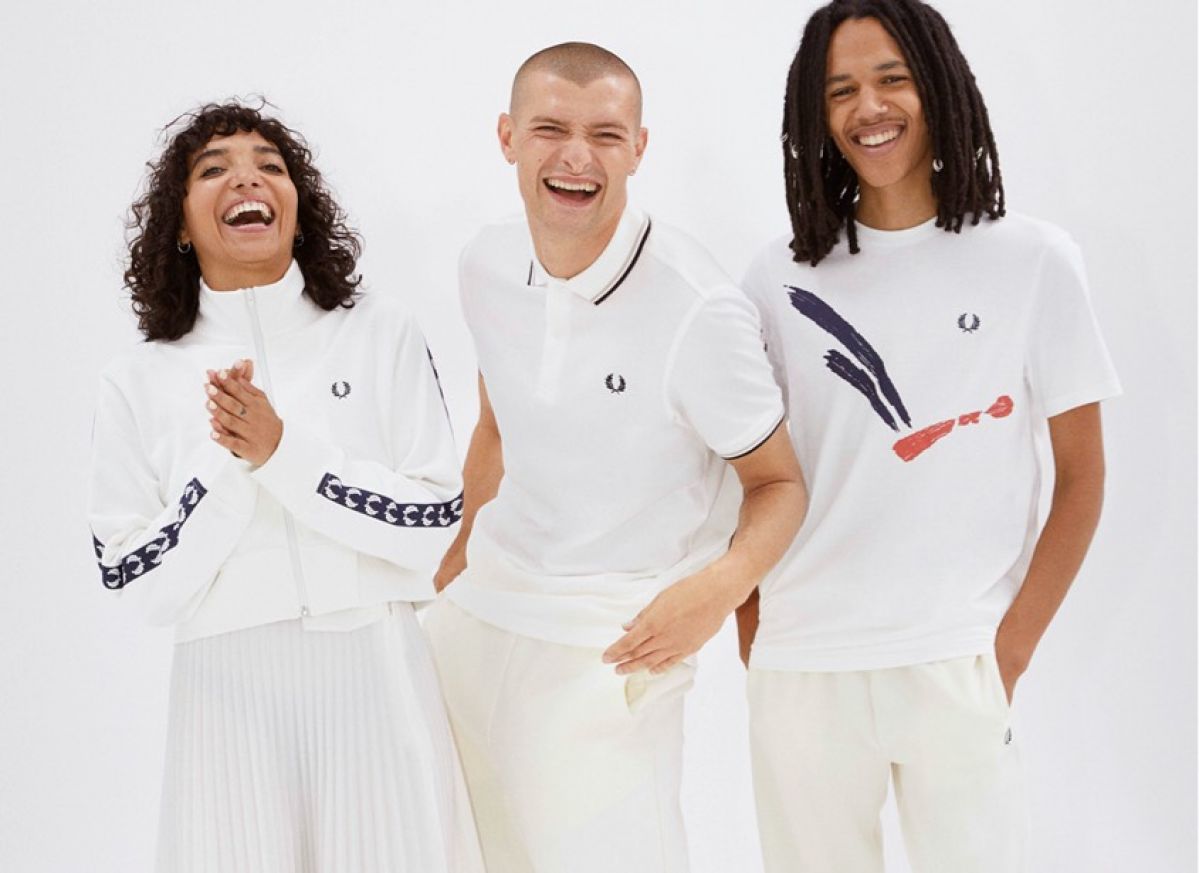
Tennis
Whites
Words by Ben Perdue
A deep dive into the crisp, clean styling of tennis-whites and its inseparable bond with Fred Perry.
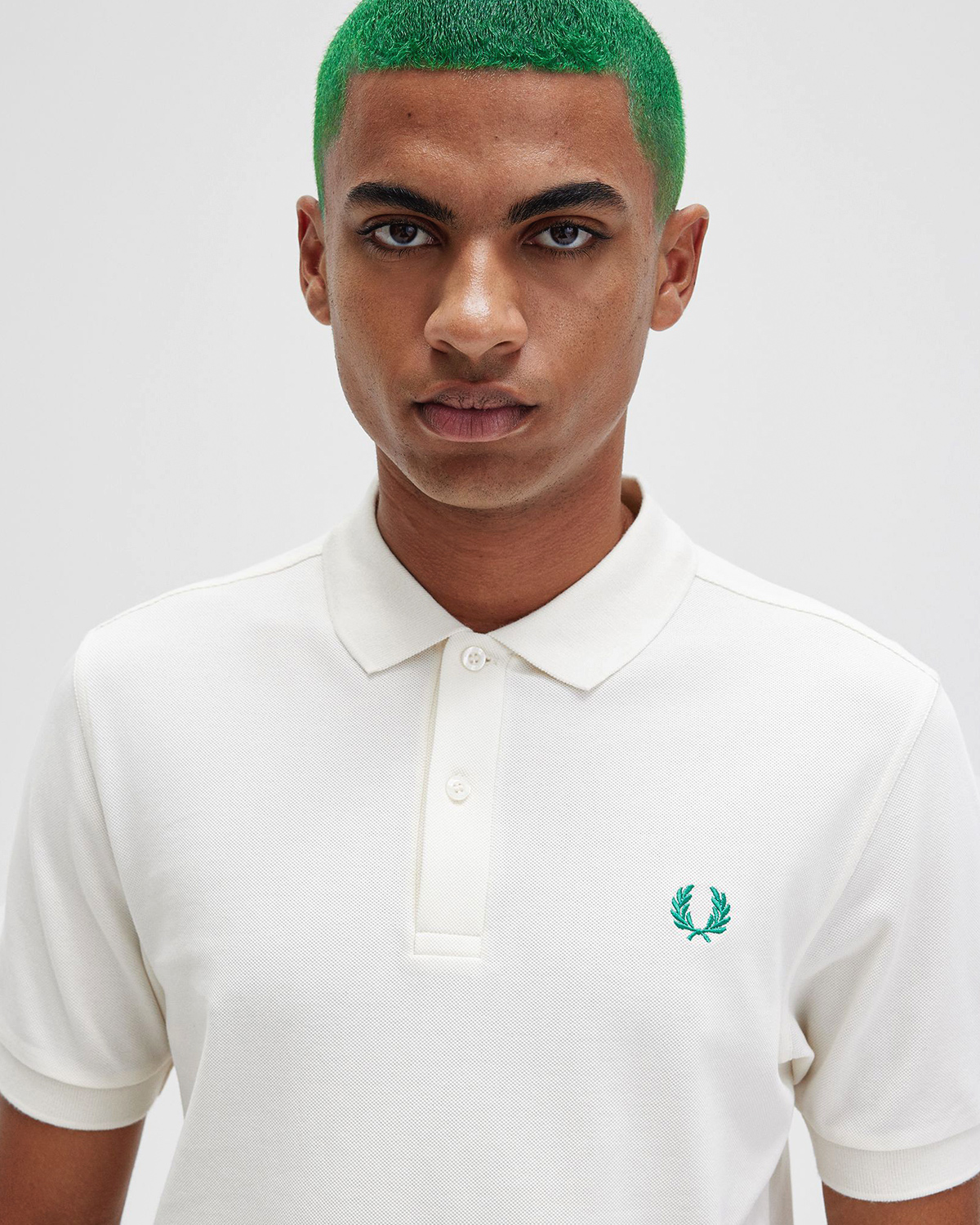
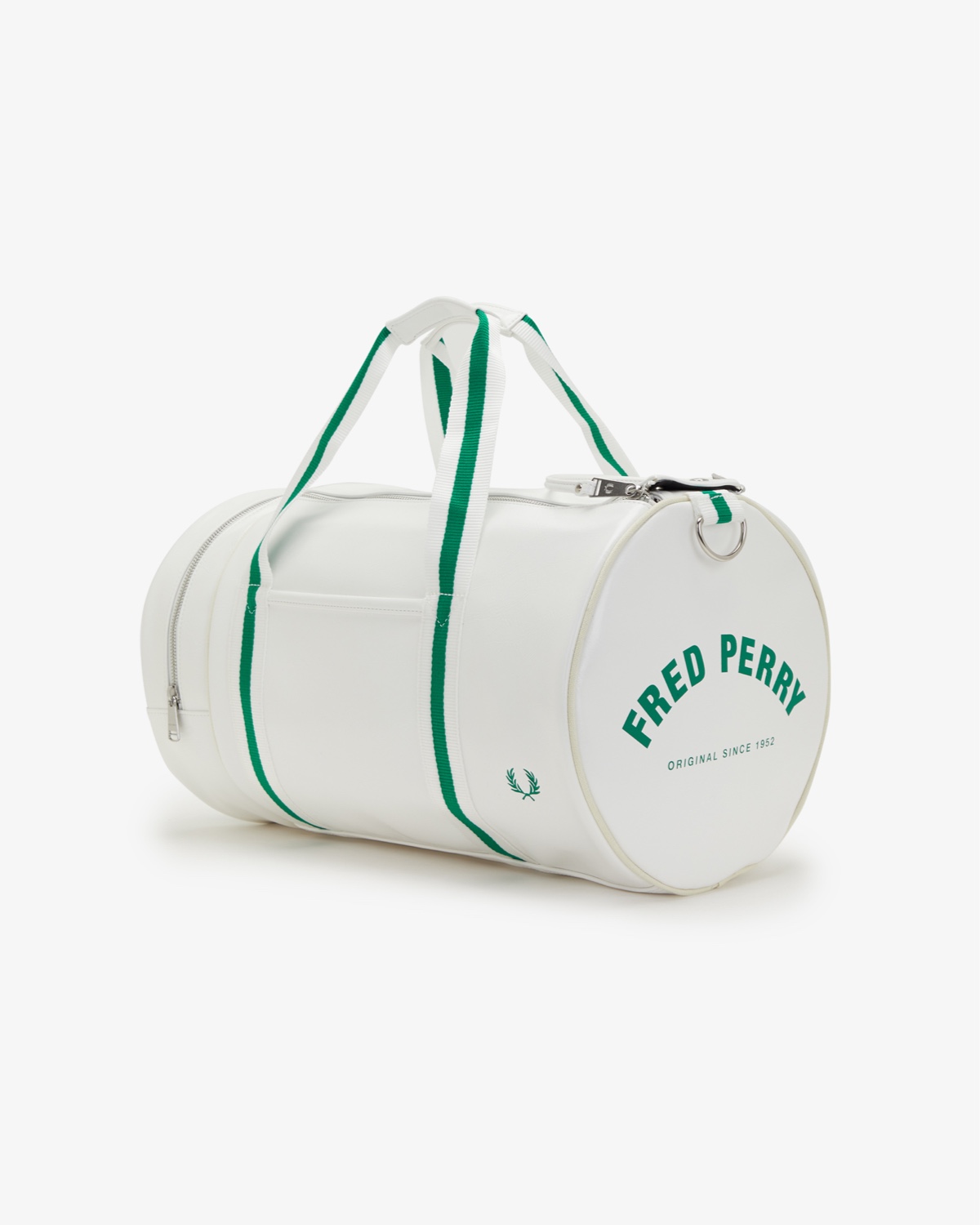
“The few times I've played on the grass at the compulsory all-white clothing Hurlingham Club in London, it's felt extra special,” says keen amateur Stuart Brumfitt, the tennis-loving editor who wrote for i-D and Dazed & Confused before relaunching UK style and culture bible The Face. “There's something so clean and classy about everyone walking around the grounds in head-to-toe white. Unless I'm on the dirt of the red clay, I'll always wear white on the tennis court.”
White’s relevance is forged in the heat of physical activity, whether it’s on the court or the dance floor. The original shade of summer sportswear because it was cooler to wear in the sun, and unsightly sweat marks were less visible than on other colours. Like Brumfitt says, “I’ve no idea how anyone would even entertain playing tennis in anything other than a white t-shirt.” Smart by tradition and associated with a healthy, wholesome athleticism. But it’s a parallel brand of positivity that drives white’s importance this year, rooted in the dress codes of a different kind of club.
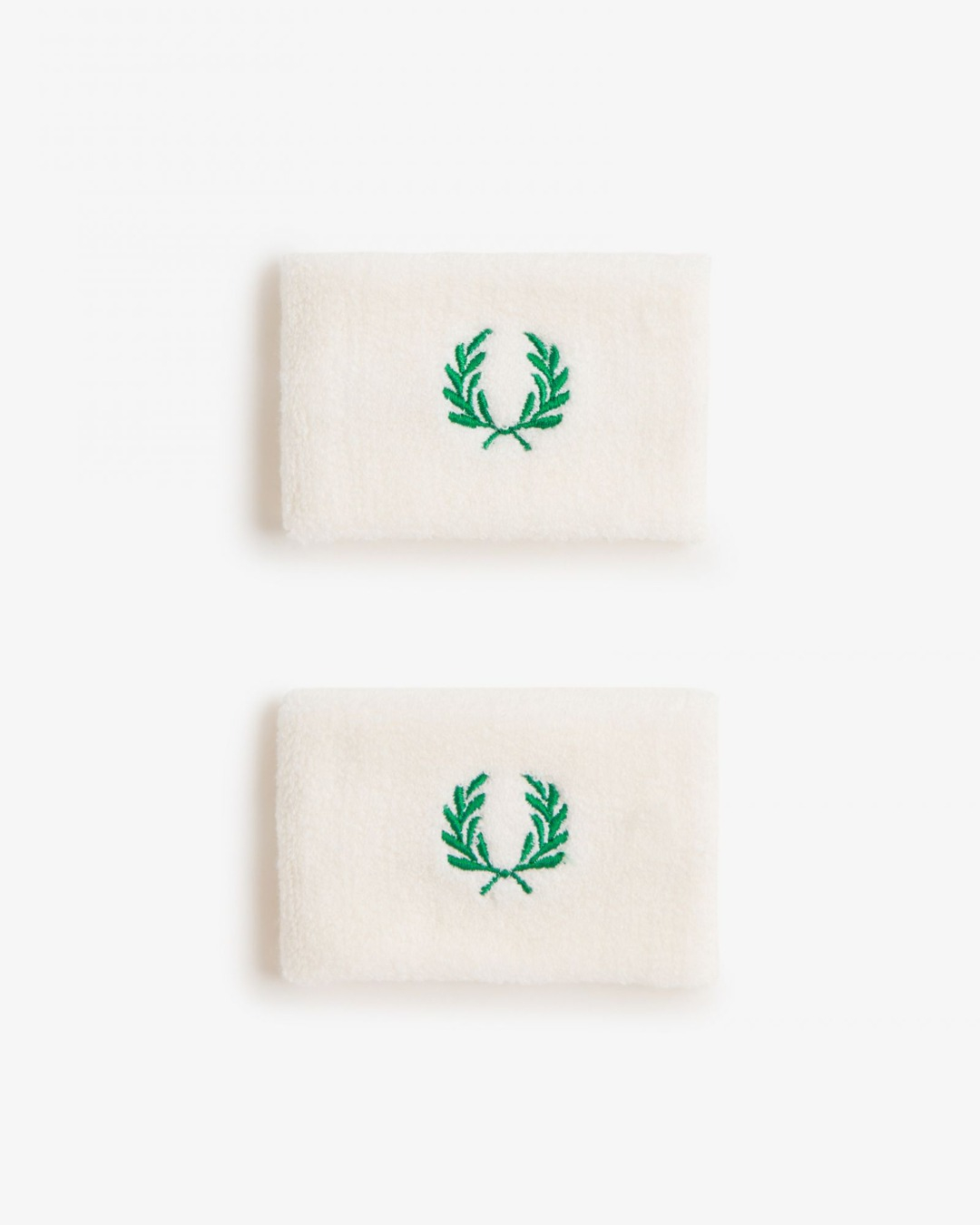
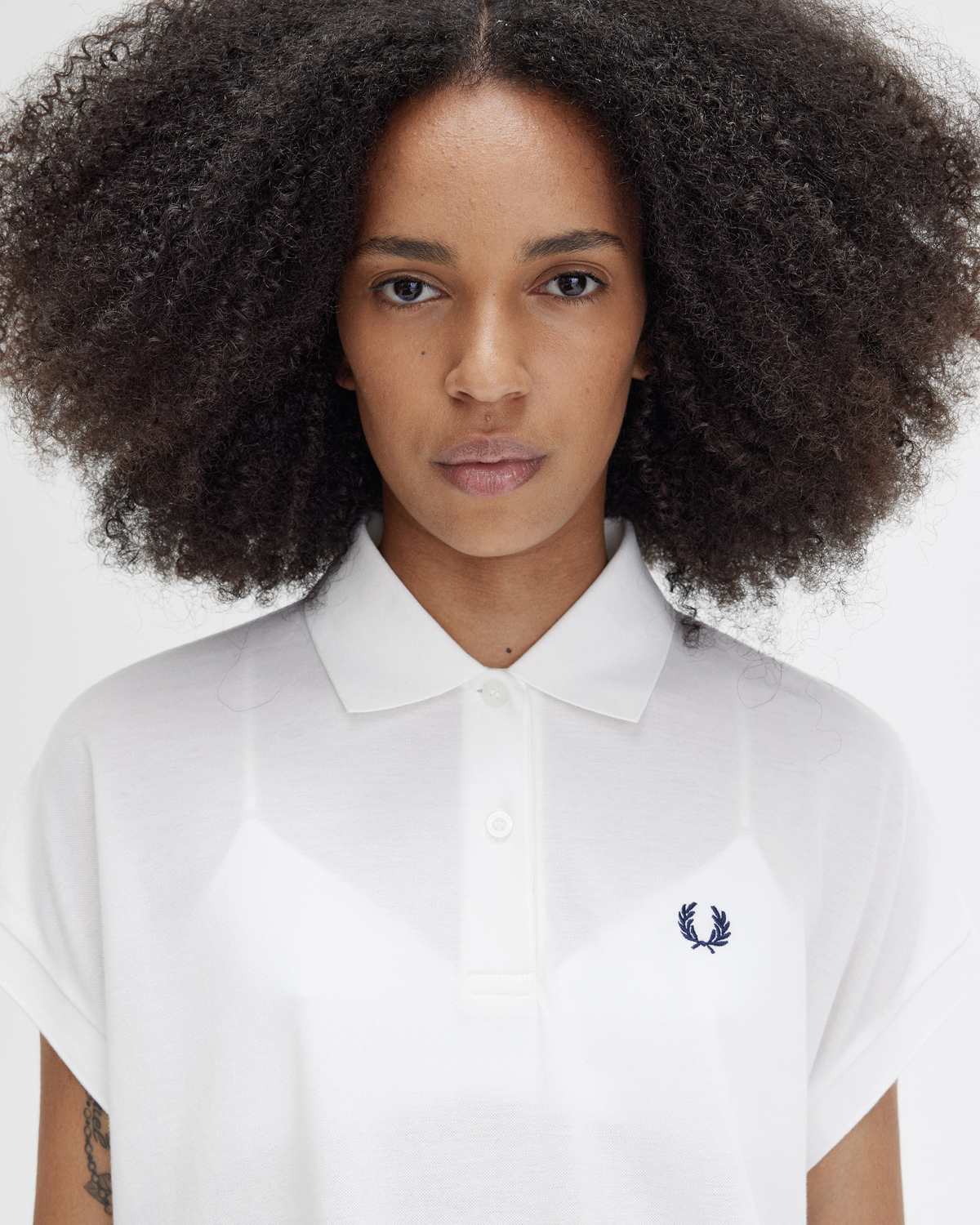
Just as healthy, but in a hedonistic way, the southern soul-boy scene both championed and embodied all the optimistic energy of the colour white. Defined by its multicultural crowd and focus on more contemporary style in both fashion and music than its northern counterpart, it was a late-70s subculture that came together for the all-dayer, not just at night. Massive daytime events dedicated to new sounds and self-expression, led by influential crews of DJs and dancers. Wearing white - from suits to mohair sweaters - matched the bold, electric atmosphere of venues like the Goldmine and Lacy Lady.
The sounds evolved into the 80s, powered by a stream of rare and unreleased music, and the same inclusive optimism continued through into disco, jazz-funk, acid jazz, and eventually acid house. Southern soul being the incubator for some of youth culture’s biggest movements, its thousands-strong outdoor all-dayers laying the foundations for rave culture as electronic beats crept in.
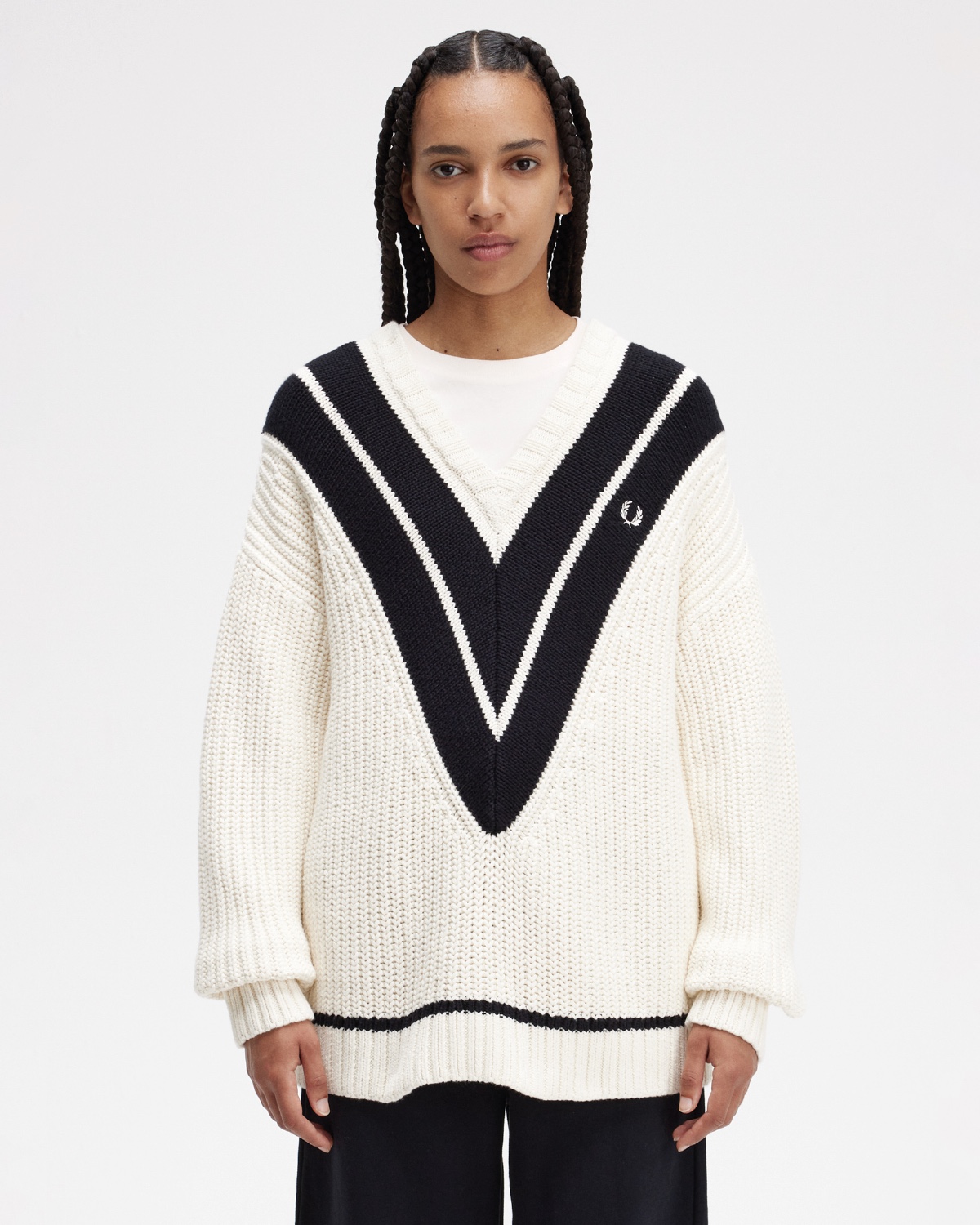
And the focus on fashion that made a statement or felt unexpected still remained, the elevated freshness of white’s impact on the crowd seen everywhere from 1980’s Knebworth National Soul Day to Spike Island in 1990.
More rooted in tennis than the grass of the All England Lawn Tennis Club, white and Fred Perry have an inseparable bond, but today that relationship plays out to another kind of baseline. Irrepressibly positive, its court to street crossover comes through now with classic polo shirts, tennis shorts, sporty knits, and tracksuits before serving up sharp summer tailoring, resort shirts, and bucket hats. Rewriting the tradition of tennis whites via the dance floor for a new generation who follow their own codes.